The Ultimate Guide to Roof Leaks
Finding a roof leak can be stressful as a homeowner. Leaks lead to costly repairs, interior damage, and long-term headaches. But don’t worry—knowing what to look for can help you keep your roof in great shape and avoid surprises.
Let’s break down the most common causes of roof leaks and how to prevent them.
The Most Common Causes of Roof Leaks
Roof Shingle Leaks
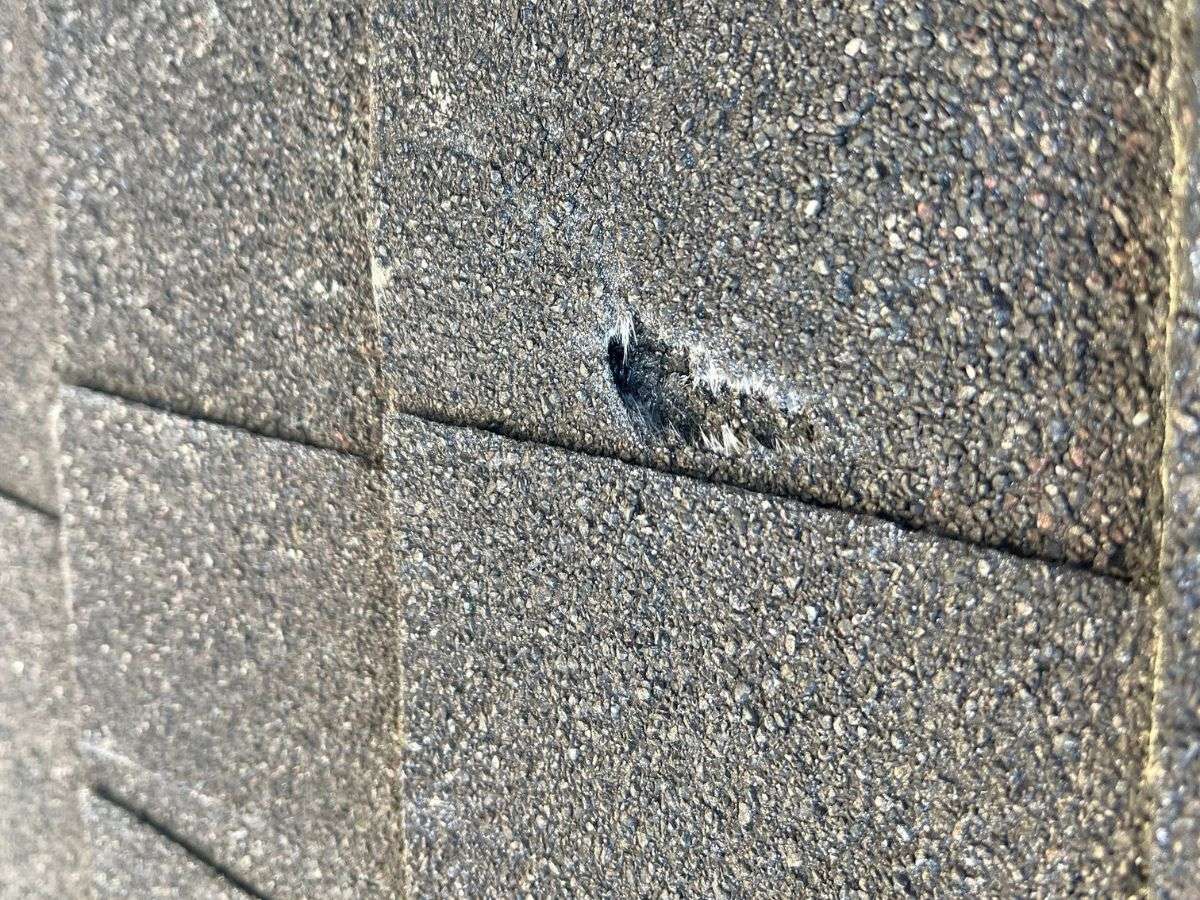
Shingles are your roof’s first defense against the weather, but they take a beating—especially from high winds. Wind can lift, crack, or tear shingles, leaving your roof exposed. Once that happens, water can sneak in, causing mold, wood rot, and interior damage.
Regular roof checks are key. Look for loose or missing shingles and inspect the sealant. Shingles also wear down over time from rain, hail, or age.
Want to extend their lifespan? Choose high-quality, weather-resistant materials and stay on top of maintenance. A well-cared-for asphalt shingle roof can last over 20 years.
Gutter Leaks
Gutters may seem minor, but they’re essential for preventing roof leaks. Clogged gutters filled with leaves and debris can pull away from the roof, letting water seep in where it shouldn’t. If you’re shingles are older and deteriorating then degranulation can occur, clogging the gutters with shingle granules.Overflowing gutters can also soak wooden areas and corrode metal parts, leading to expensive damage.
In rainy or humid areas, clogged gutters can even cause mold or mildew, wearing down shingles further. Keep gutters clean and check for standing water or improper drainage. Gutter guards can help reduce debris, and regular cleaning—DIY or professional—saves you from bigger problems later.
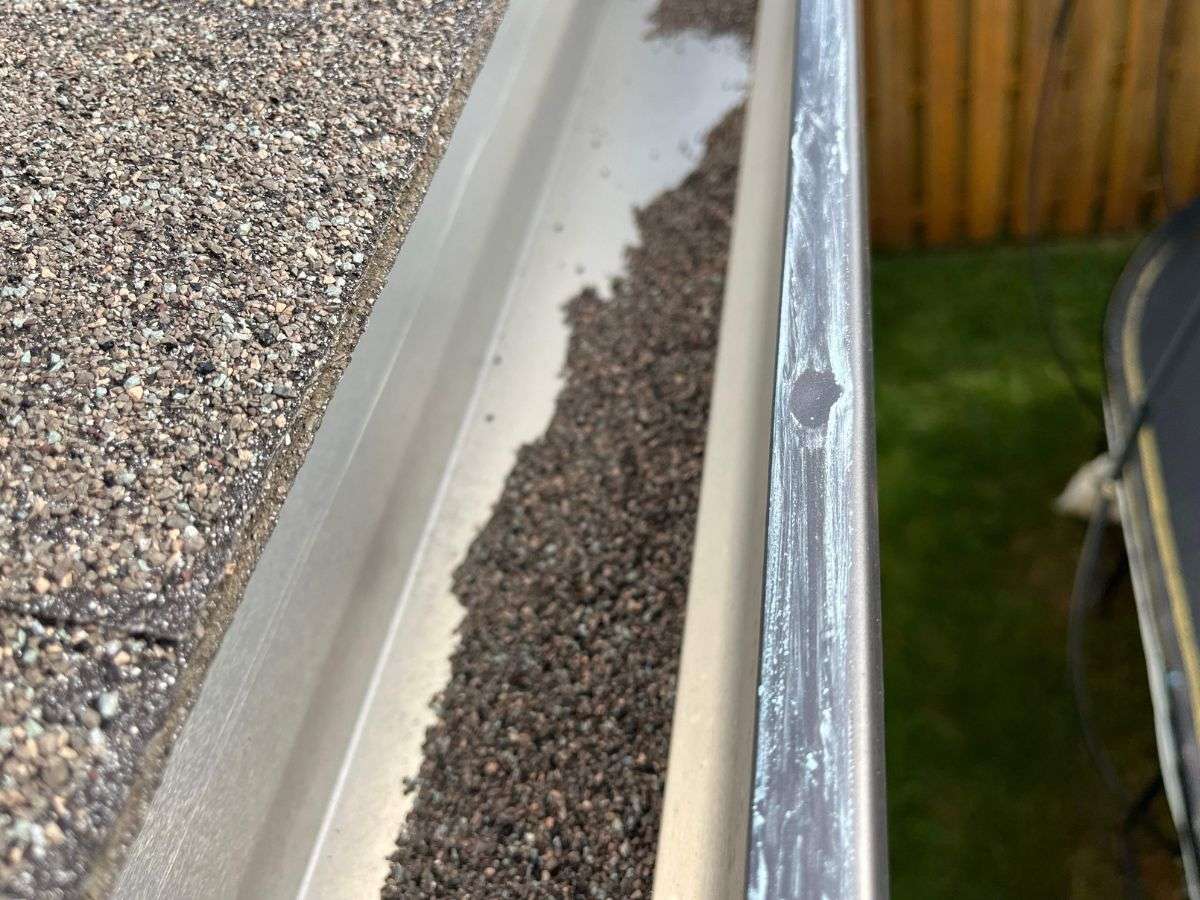
Roof Flashing Leaks
Roof flashing, made of thin metal strips, seals joints and areas around chimneys, skylights, and pipes to keep water out. If flashing is poorly installed, damaged, or corroded, it can cause leaks and weaken your roof’s structure.
Inspect flashing for gaps, rust, or water stains. Be cautious of roofers reusing damaged flashing to cut costs. If something seems off, call a pro to fix it fast.
Chimney Leaks
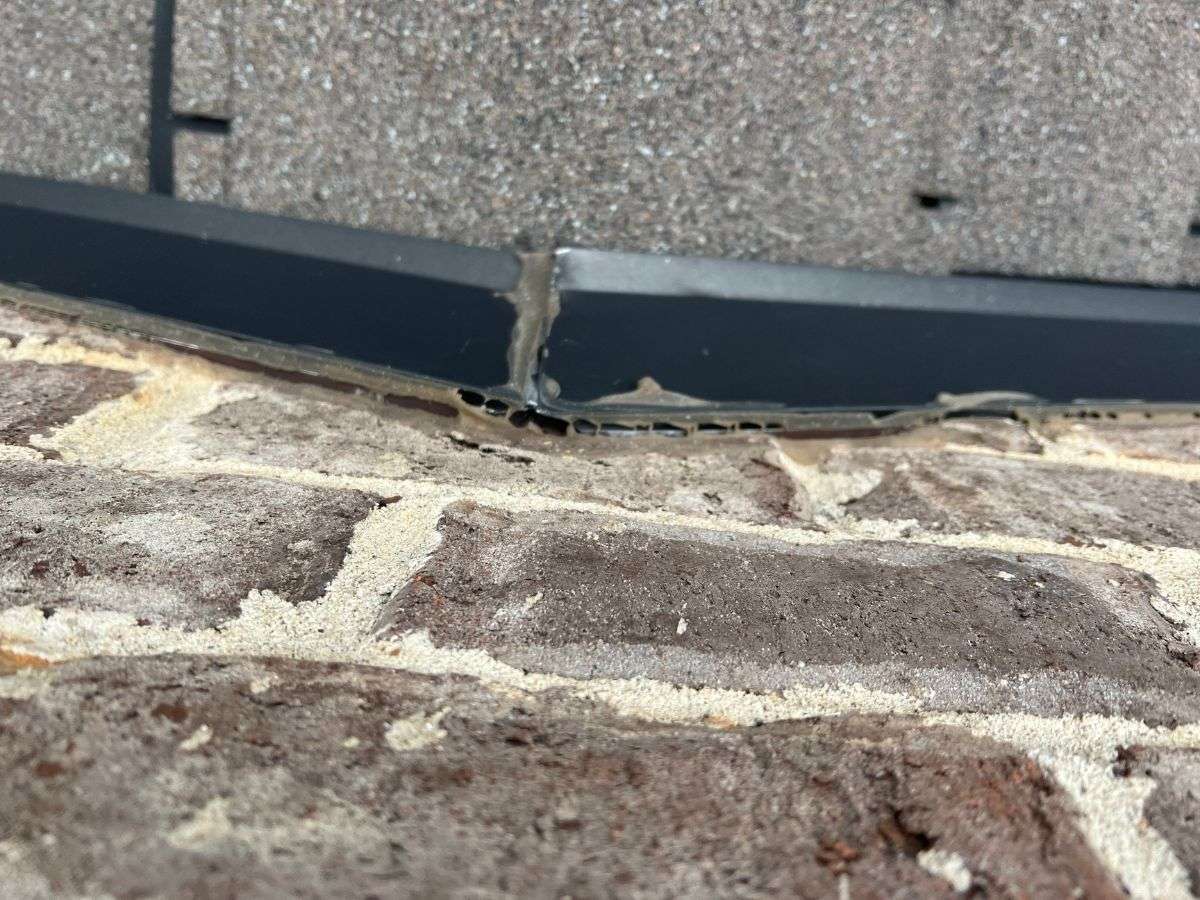
Chimneys are known for causing leaks. Over time, cracks or wear in the masonry can let water in. The flashing around the base is another potential weak spot.
To prevent water damage, inspect your chimney regularly, including its flashing, cap, and crown. Don’t wait for water stains around the chimney—proactive maintenance can save you from expensive repairs.
By addressing these common roof issues, you can keep your home safe from leaks and avoid costly repairs down the road. A little effort now goes a long way!
Skylight Leaks
Skylights are great for bringing in natural light, but they can be a hassle if they start leaking. The sealant around the skylight frame is often the issue—it can crack or wear out over time due to weather and temperature changes. When this happens, water can seep in, leading to mold and structural damage.
To prevent leaks, clear debris like leaves that can block drainage and cause water to pool around the frame. A little regular maintenance keeps your skylights functional and bright.
Vent Pipe Leaks
Vent pipes—those little pipes on your roof—let air escape from your plumbing. If they’re not sealed properly where they meet the roof, they can cause leaks. Over time, rubber or neoprene seals can crack, corrode, or get damaged by sunlight or roof movement.
Look for signs like water stains on the ceiling, damp attic spots, or musty smells near the vents. Fix damaged seals quickly to avoid bigger issues like insulation damage or mold.
Ridge Cap Leaks
Ridge caps cover the peak of a sloped roof, helping with ventilation. If they’re installed poorly, damaged by storms, or wear out, gaps can form, allowing water into your attic.
Signs of trouble include water stains in the attic, musty smells, or visible damage to the caps. Regular inspections and timely repairs can prevent bigger problems.
Satellite Dish Leaks
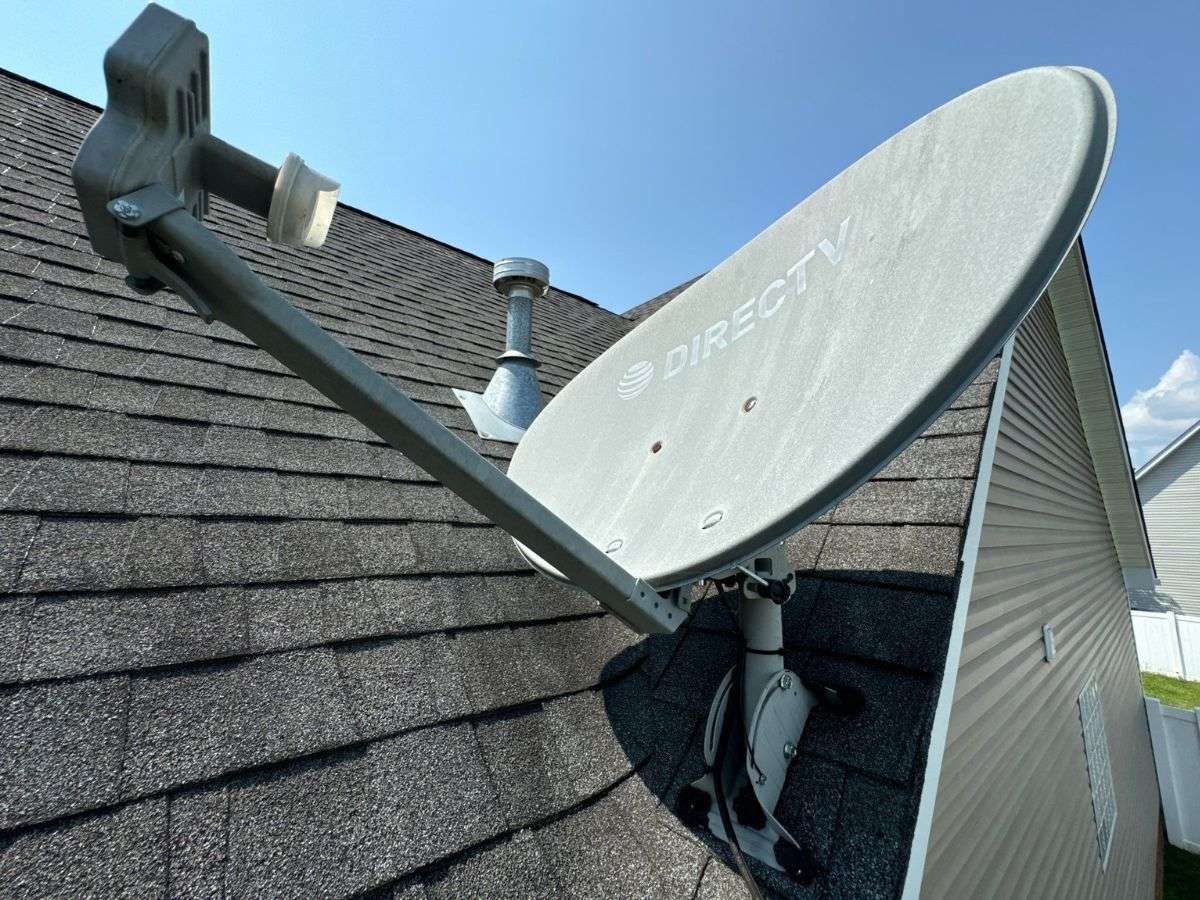
Satellite dishes are bolted to your roof, creating holes that need tight sealing. If the sealant or flashing isn’t done properly, water can leak in. Wind can also shift dishes, damaging shingles or widening gaps.
Look for excess sealant, dips in the roof, or loose shingles near the dish. If you spot issues, call a pro to secure and reseal it.
Solar Panel Leaks
Solar panels help cut energy costs but come with some risk. Panels are secured with bolts that need proper sealing. Over time, this sealant or flashing can wear down.
Check for cracks, loose sealant, or any signs of wear. If you suspect leaks, call a solar installer or roofing expert to fix the issue before it worsens.
Soffit Leaks
Soffits and fascia may not get as much attention as roof shingles, but they’re just as important. Soffits are the underside of your roof’s overhang, and fascia boards cover the edges of your rafters. Together, they keep water and pests out while ventilating your attic to prevent moisture buildup. When damaged—by weather, pests, or time—they can let water in, leading to mold, wood rot, and other issues.
To keep them in good shape, clear debris like leaves or twigs that can block vents and trap moisture. Fixing damage early not only protects your home but also keeps your roof looking great.
Plumbing Boot Leaks
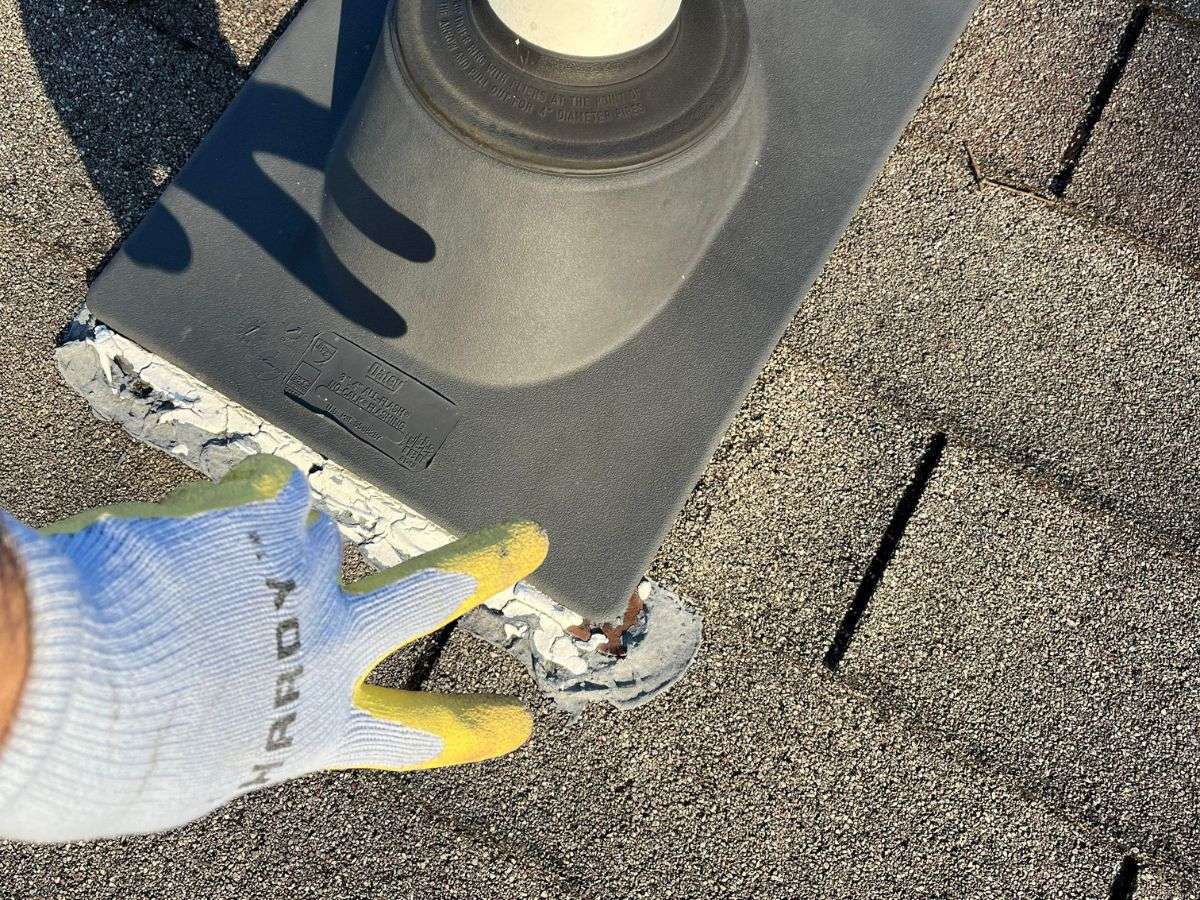
Plumbing boots, also called pipe boots or flashings, seal around plumbing vent pipes where they pass through the roof. Made from rubber, silicone, or metal, these boots prevent water from entering around pipes. Over time, UV rays, extreme weather, and temperature changes can cause them to crack or deteriorate, compromising the seal and allowing leaks during rain or snowmelt.
Unaddressed, these leaks can lead to mold, rotted wood, and structural damage. Regular inspection and prompt replacement of worn boots are key to keeping your roof watertight.
Roof Valley Leaks
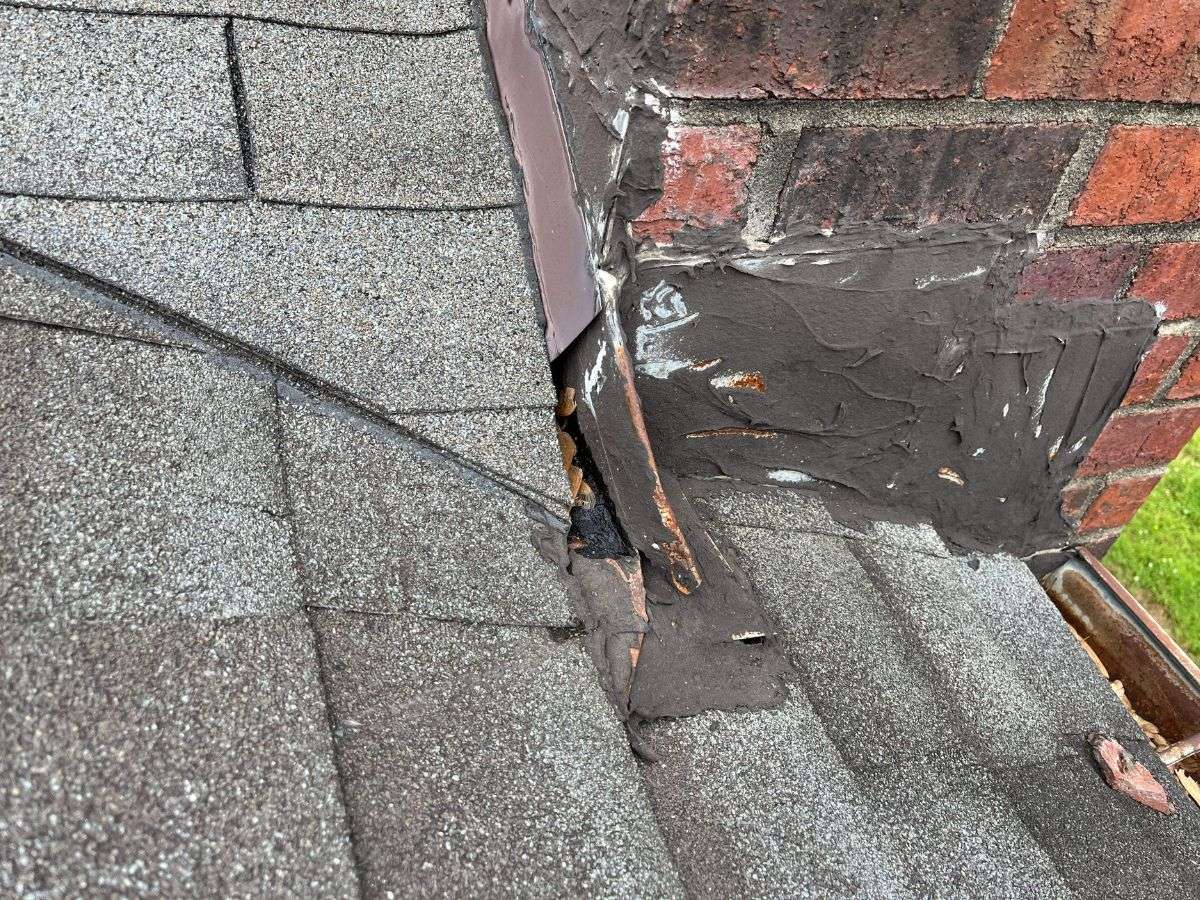
Roof valleys, where two sloping sections meet, are critical for draining water during heavy rain or melting snow. However, they can become problem areas if not properly maintained. Weather exposure, debris like leaves and pine needles, or poor installation can cause damage over time.
If debris clogs the valley, water can back up and seep under your shingles, causing leaks. Regular upkeep, like clearing debris and inspecting valleys, can help prevent issues and keep your roof in great shape.
Noticed a Roof Leak? Call the Pros!
Routine inspections and maintenance are the best ways to avoid costly roof repairs. If you’ve spotted a leak or suspect an issue, don’t wait—contact a professional roofing contractor for a proper inspection. They have the tools and expertise to quickly identify and fix the problem.
For homeowners in Tennessee or Georgia, Roof MD is here to help! We offer free roof inspections and guarantee on-site service within 48 hours. With years of experience repairing leaks and managing insurance claims after storm damage, we’re committed to providing long-term solutions that work for you.
Ready to protect your home? Schedule your free roof inspection today!
